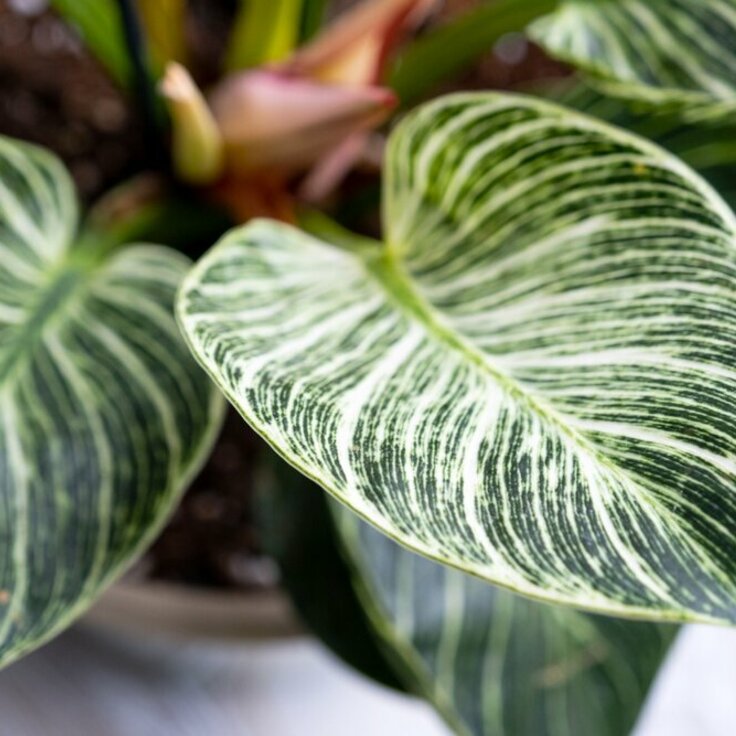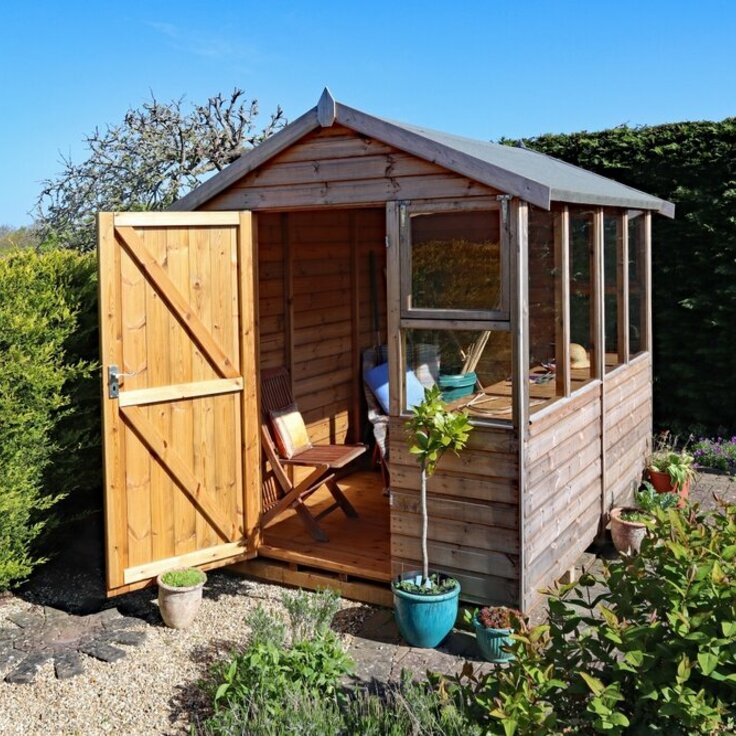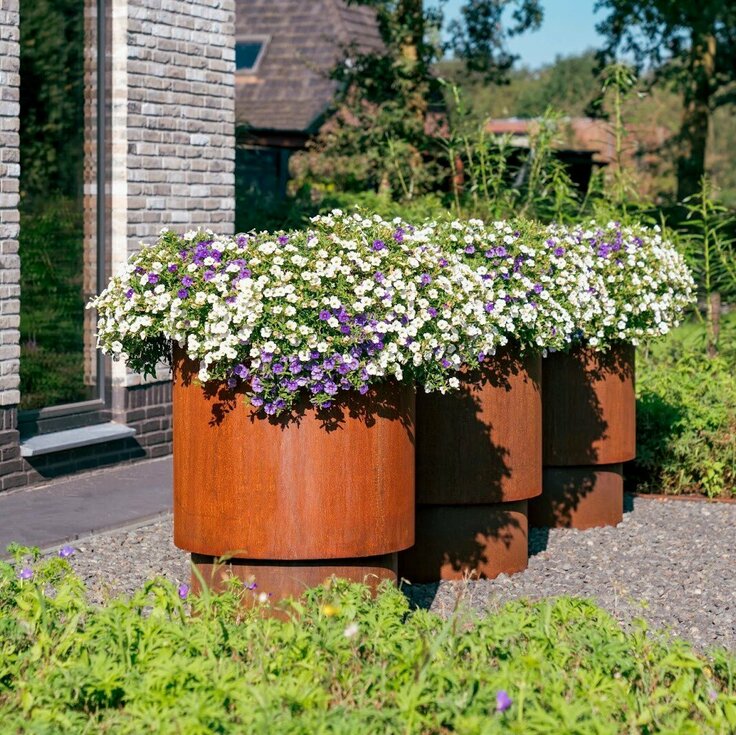Small Patios, Big Personality: Vertical Greenery and Artful Touches
Small patios and slender balconies can carry plenty of charm with the right plan. Most narrow balconies run from about 24 to 36 square feet, while compact patios often span 40 to 60 square feet. Circulation is the first constraint, so aim to preserve 24 to 36 inches of clear walkway on spaces that are 4 to 6 feet deep. With that core metric set, the rest comes into focus.
A simple brief works well. Seat two comfortably, grow a lush vertical layer to free the floor, and carve out a protected art nook that echoes the style inside the home. Design editors often highlight multi use furniture that mirrors interior finishes, and small space guides advise planters no deeper than 6 to 8 inches on railings to keep weight and bulk down. With scale and goals aligned, even a tiny outdoor corner can read like an intentional room.
The simple formula that makes tiny patios feel generous
Create a weather-smart art corner that ties indoors to out
A sheltered art nook gives a compact patio an instant focal point. Protection can be as simple as a modest overhang of 12 to 18 inches, a wall hood, or a reversible fabric canopy that shades a display wall. Weatherproof frames with acrylic glazing are safer than glass, and UV resistant prints and marine grade textiles last longer in sun and frequent showers. Treat the seating wall as a gallery and hang pieces at seated eye level, about 48 to 52 inches from the floor, so they read from both the doorway and the chair. Add solar LED string lights and an outdoor rated throw to soften the view and extend evening use.
Rotate pieces seasonally, and store cushions or throws in a bench on wet or windy days to extend their life. For ready to hang art that suits small walls, explore prints by Desenio as a straightforward way to build a compact gallery.
Grow up, not out, with slim planters and trellises
Vertical planting is the fastest route to a green feel without crowding the floor. See guidance on suitable plants in containers for species and depth recommendations. Felt pocket planters, modular living wall panels, and rail mounted troughs keep soil shallow and light. Look for trays that are 6 to 8 inches deep and 24 to 36 inches long, then distribute weight with several smaller containers that weigh 10 to 15 pounds each when planted. Choosing fiberglass or recycled plastic can cut planter weight by up to 60 percent compared with ceramic options. Confirm railing load limits if the space is elevated, and preserve at least a 24 inch path for safe movement.
Climbing plants add height and privacy quickly. Train jasmine or clematis on a slim trellis for fragrance and screening, and expect early coverage within 6 to 12 weeks in the growing season. Stacked planters and ladder style shelving can multiply display area by two to four times for the same footprint, and they help reduce trip hazards by clustering containers along a wall. Place heavier, lower maintenance plants on lower shelves, and let trailing or sun loving varieties take the upper spots.
Consistent watering keeps shallow containers happy. A small battery powered drip kit with a timer, typically costing 25 to 80 dollars, can run five to ten minutes twice daily in warm months. Herbs and succulents thrive in these systems and keep the palette fresh without constant replanting.
Choose multi use seating that keeps a clear walkway
Furniture sets the tone and traffic flow. For spaces around 24 to 36 square feet, a folding bistro table with two chairs turns a narrow balcony into a breakfast spot and tucks away when not in use. On 40 to 60 square feet, a compact loveseat or two lounge chairs may be realistic, especially if paired with a side table that doubles as storage. Benches with built in compartments can hold about 8 to 12 cubic feet of cushions, throws, and small tools, which reduces clutter and makes quick resets easy.
Build around a simple layout. On a four by six-foot balcony, center a two chair bistro set along the long edge, align vertical planters on the opposite wall, and maintain a straight 24 to 36 inch route from the door to the seating. Budgets vary, yet a basic bistro set often lands around 100 to 400 dollars, while a compact loveseat sits closer to 400 to 1,200 dollars depending on materials. Prioritize weatherproof fabrics and lightweight aluminum or resin frames to cut maintenance and ease handling. The result is flexible seating that respects circulation and keeps the small footprint feeling open.
A greener nook that feels like part of the home
When a patio mirrors interior style, scales furniture to the footprint, and stacks plants vertically, the space suddenly acts larger. Add a weather smart art corner, keep a clear path, and let climbers handle the privacy, and even the smallest balcony becomes a relaxed room in its own right.








